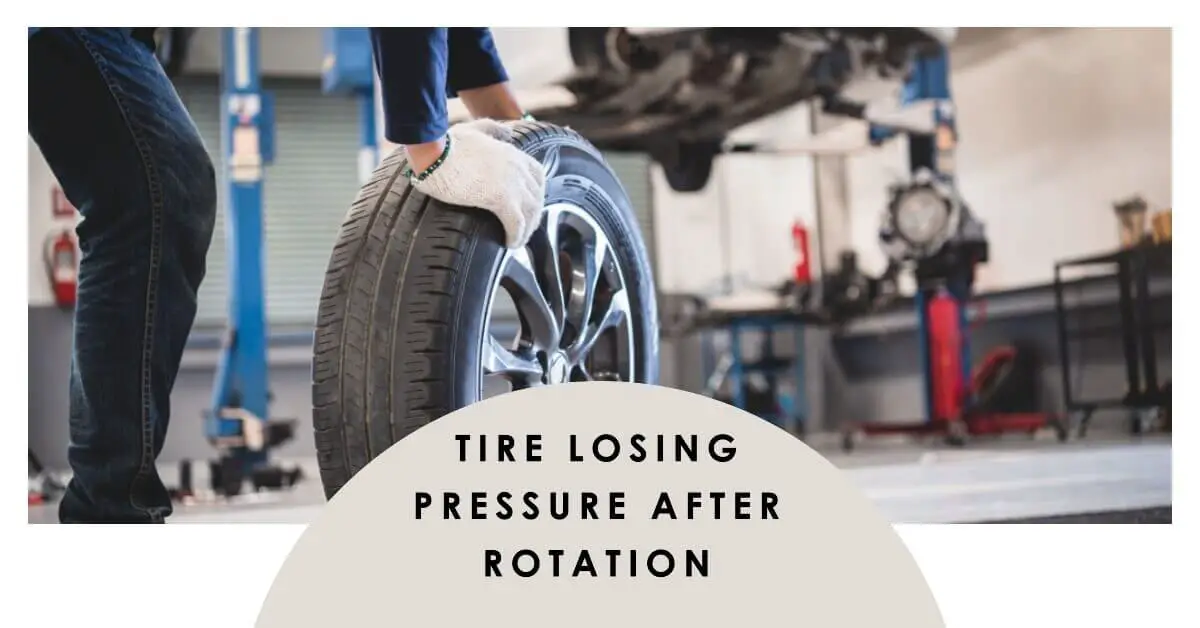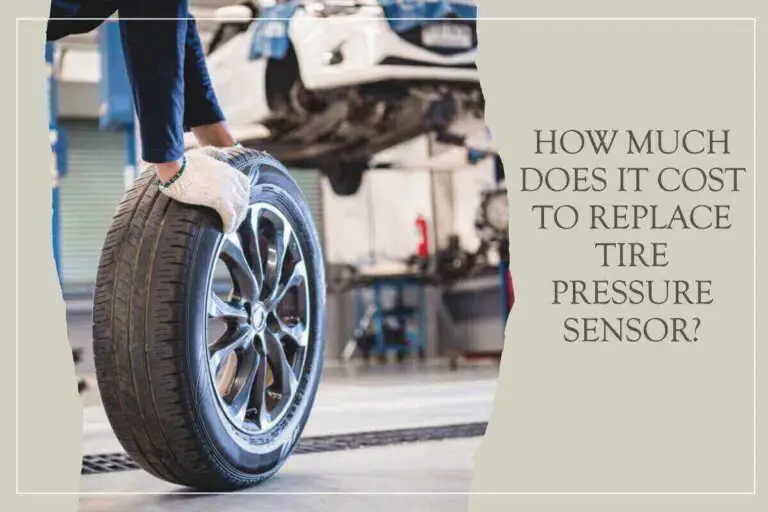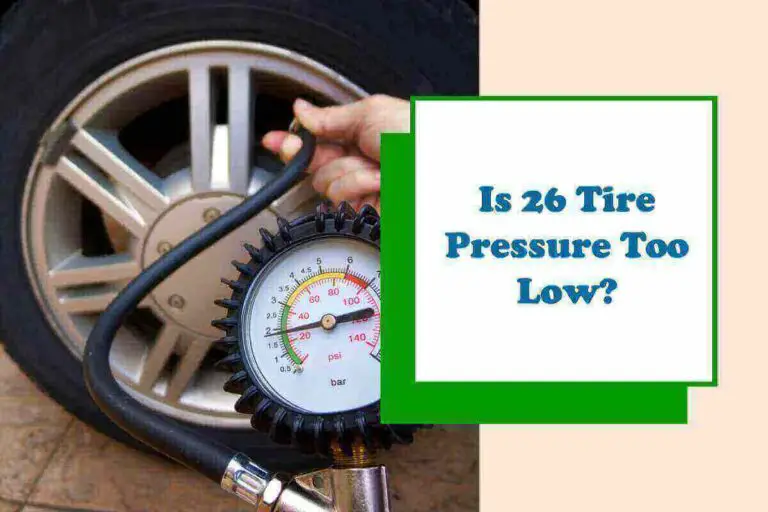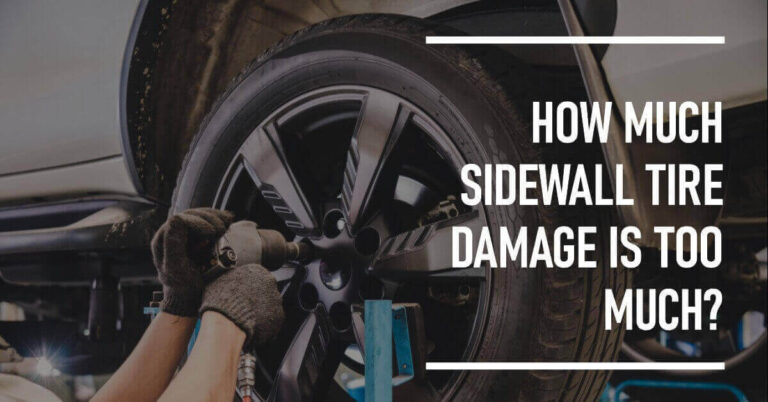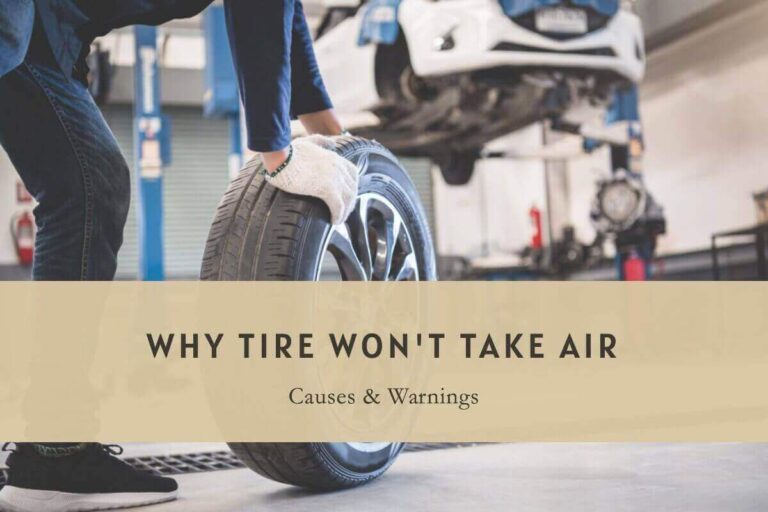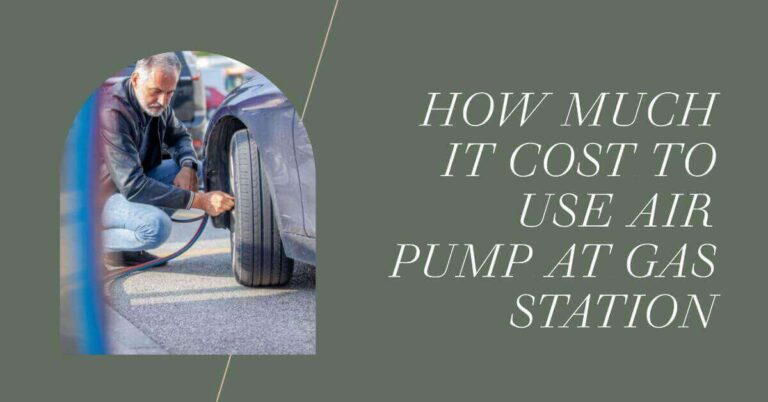When taking care of your car, ensuring the tires are in good shape is one of the most important things. Nobody likes being stranded on the side of the road due to a flat tire. Tire rotation is one of the key components to keeping your car’s tires in good condition.
But what happens if you notice that your tires losing pressure after rotation? Let’s discuss this in detail.
Tire Losing Pressure After Rotation
Having your tires rotated is an important part of regular car maintenance. It helps keep your vehicle safe and road-ready. But after having them rotated, you may find that one or more tires suddenly lost pressure. It can be very worrying, but it doesn’t necessarily mean your car has a major problem.
Tire pressure loss after rotation is a common issue that can affect the performance and safety of a vehicle. It occurs when a tire loses air pressure after it has been moved from one position to another on the vehicle. It can be caused by several factors, such as punctures, leaks, improper seating of the bead, under-inflation, and damaged or worn-out valve stems.
Regular tire pressure checks and inspection of tires for any signs of damage or wear are essential to prevent tire pressure loss after rotation. By maintaining proper tire pressure when the tire losing pressure after rotation, drivers can ensure the safety and longevity of their vehicle’s tires.
Causes of Tire Pressure Loss
There are many causes some of them are given below:
1. Punctures
Punctures from sharp objects on the road can cause the tire to lose air pressure quickly. It is often visible as a puncture mark or a visible object in the tire tread. Leaks in the sidewalls, tread, or around the valve stem can also cause air pressure loss over time. It can be due to wear and tear on the tire, age, or damage to the tire.
2. Improper Seating
Improper seating of the bead can also cause air to leak out of the tire. If the tire’s bead is not properly seated on the rim, it can cause the tire to lose pressure, even after rotation. It is a common problem that can be caused by improper installation or a defective tire.
3. Under-Inflation
Underinflation can also cause tire pressure loss after rotation. If a tire is under-inflated, it may lose more pressure over time and require frequent refilling. It can stress the tire more and affect its overall performance and safety.
4. Damaged or worn-out
Damaged or worn-out valve stems can also cause tire pressure loss after rotation. If the valve stem is damaged or worn out, air can escape from the tire, leading to pressure loss. It can be due to a variety of factors, including age, damage from road debris, or improper installation.
Signs of Tire Pressure Loss
Maintaining proper tire pressure is essential for the safety and performance of a vehicle. Unfortunately, tire pressure can sometimes drop without any noticeable changes in the tire’s appearance.
Here are some of the common signs of tire pressure loss:
- Most modern vehicles are equipped with a low tire pressure warning light that illuminates the dashboard when tire pressure is below the recommended level.
- If one or more tires are losing air pressure, it can cause uneven wear on the tire tread. It can make the tire appear worn down on one side or have a cupped appearance.
- If tire pressure is too low, it can cause the vehicle to handle poorly and make it more difficult to control. It can be especially noticeable when driving at high speeds or in wet or slippery conditions.
- Low tire pressure can increase rolling resistance, which can lead to reduced fuel efficiency and increased fuel consumption.
- Tires that are under-inflated can wear out more quickly and need to be replaced sooner than properly inflated tires.
If you notice any of these signs, it’s important to have your tire losing pressure after rotation must be checked and corrected as soon as possible. Maintaining proper tire pressure can improve your vehicle’s tires’ safety, performance, and lifespan.
Benefits of Tire Rotation
If you’re in the market for a new set of tires, there are many benefits to tire rotation that you should consider. Tire rotation is regularly moving your tires from one wheel position to another to ensure even wear and tear on all four tires.
Regular tire rotation can bring several benefits, including:
- Rotating tires helps distribute the wear evenly, which can improve the overall performance of the tires. It can help extend the life of the tires and provide a smoother and more comfortable ride.
- By rotating tires, drivers can help ensure that the tires wear evenly and last longer. It can help reduce the cost of tire replacement and maintenance over time.
- Rotating tires can help improve a vehicle’s handling by ensuring that all four tires have the same amount of tread. It can make the vehicle easier to control and provide a safer driving experience.
- When tires are properly inflated and have an even amount of tread, they can roll more easily, reducing the amount of energy required to move the vehicle. It can result in improved fuel efficiency and reduced fuel consumption.
- Regular tire rotation can help improve traction by ensuring that tires with good tread are on the driving wheels. It can improve handling in wet or slippery conditions and provide a better grip on the road.
Regular tire rotation is an essential part of vehicle maintenance that can bring many benefits. By rotating tires regularly, drivers can improve their vehicle’s tires’ performance, safety, and longevity.
Conclusion – Low Tire Pressure After Rotation
This article concludes that tire pressure fluctuation after rotation is normal. It’s essential to keep an eye on your tires after a rotation, but don’t be alarmed if the pressure reduces slightly. The issue can usually be corrected by adding air to the tires and should not cause further problems.
It’s essential to regularly rotate your tires as part of preventative car maintenance, so don’t let a slight pressure drop discourage you from doing so. Tire rotations are necessary for safe driving and prolonging the life of your tires, which will eventually save you money in the long run.
Always check tire pressure levels before and after a rotation to avoid any potential issues down the road. I hope this article about tires losing pressure after rotation helps.
FAQ
How Do You Reset Tire Pressure After Rotation?
To reset tire pressure after a tire rotation, check the recommended tire pressure for your vehicle, then use a tire pressure gauge to measure the air pressure in each tire. Adjust the tire pressure as needed to match the manufacturer’s recommended level. Repeat this process for each tire, and check the tire pressure regularly to maintain the proper level.
Why Is My Tire Losing Air But No Hole?
A faulty tire valve stem, a damaged tire bead, a slow puncture, or a problem with the wheel can cause a tire to lose air without a visible hole. It’s best to have the tire and wheel inspected by a professional to diagnose the issue.
Does Tire Rotation Affect Tire Pressure Sensor?
Tire rotation usually does not affect tire pressure sensors, but it depends on the type of sensor and how it is installed in the vehicle. In some cases, rotation may damage sensors mounted inside the tire, so it is essential to have your tires rotated by a professional who understands the proper procedures for handling tire pressure sensors.
Why Does My Car Make A Squeaking Sound When I Turn The Wheel?
When turning the wheel in a car, a squeaking sound can be caused by worn or loose steering and suspension components, a worn or contaminated power steering belt, worn brake components, low power steering fluid, or a worn wheel bearing.

